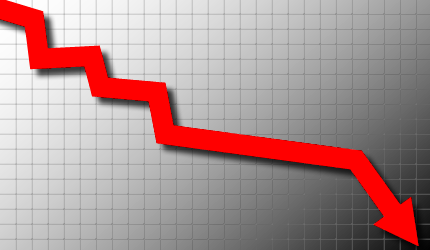
Advertising Enforcement Actions Decline to Lowest Number in Five Years
The FDA was on pace in 2014 to issue the lowest number of advertising enforcement letters in five years, an 80 percent drop from 2010 totals.
As the total number drops, however, the percentage of warnings citing improper electronic communications such as social media has been on the rise, making up 30 percent of this year’s enforcement letters, the highest percentage this decade.
The 10 letters issued by late December represent a steep decline from last year’s total of 24 untitled and warning letters, and a continued slide over the past five years. OPDP issued 50 letters in 2010, another 31 in 2011 and 28 in 2012, according to agency figures. Of these totals, OPDP issued only one warning letter this year for a particular egregious advertising violation and two last year.
FDA Advertising Enforcement Letters, 2010-2014
|
2010 |
2011 |
2012 |
2013 |
2014 |
The 2014 decrease results in part from a greater focus by companies on advertising compliance and an increase in prevention training programs, Darshan Kulkarni, principal attorney for the Kulkarni Law Firm, said. More cloud-based software programs are available to help drugmakers share, collaborate and approve promotions to ensure compliance.
The agency may also be hesitant to issue letters on off-label promotions in the wake of the 2012 Caronia decision in the U.S. Second Circuit that found off-label promotion was protected by free speech, said Kulkarni, noting that the case may have a small impact on the letter total.
The FDA cautioned that this year’s low figure doesn’t reflect a change in enforcement policy. The number of enforcement letters will go up and down at various times and one cannot make generalizations from looking at a snap shot of time, spokesman Stephen King said.
While the number of letters is down, the FDA’s focus on electronic promotions is up. The agency this year slammed three drugmakers for misleading electronic promotions through e-mails, Google sponsored links, or Facebook posts. The remaining seven letters focused on more traditional violations of printed materials such as sales aids or advertisements.
By contrast, last year only one drugmaker was cited for distributing a misleading electronic promotion: an e-mail from Mobius Pharmaceuticals.
The latest untitled letter from the agency’s Office of Prescription Drug Promotion, released yesterday, went to Sunovion Pharmaceuticals for a misleading print advertisement of its seizure drug Aptiom (eslicarbazepine acetate). The agency said Sunovion promoted unapproved claims that the drug improves the feeling of confinement that patients get when they have a seizure.
Sunovion did not return a request for comment as of press time. To read the Dec. 15 untitled letter, visit www.fdanews.com/12-18-14-SunvionUntitledLetter.pdf . — Robert King
